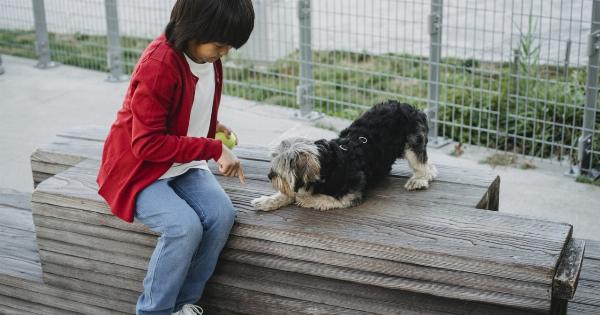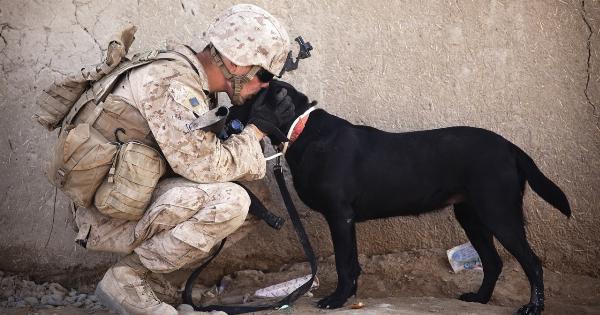As a responsible pet owner, it’s important to be in tune with your dog’s health and well-being. Just like humans, dogs can experience various health issues, including headaches.
While dogs can’t directly tell us if they have a headache, there are certain symptoms that can indicate their discomfort. In this article, we will identify 12 common symptoms that can help you determine if your dog is dealing with a headache.
1. Persistent Head Shaking
If you notice your dog persistently shaking their head, it could be a sign of a headache. The shaking is their way of trying to relieve the discomfort they are feeling. Monitor their behavior and consult with a veterinarian if the shaking persists.
2. Unusual Sensitivity to Light and Noise
Just like humans, dogs with a headache may become sensitive to light and noise. They may avoid bright areas, squint, or show signs of discomfort when exposed to loud noises.
These behaviors indicate that they are trying to minimize their exposure to stimuli that can exacerbate their headache.
3. Decreased Appetite
A dog with a headache may experience a decrease in their appetite. If your furry companion suddenly loses interest in their food or takes longer to eat, it could be a sign of discomfort.
Keep an eye on their eating habits and consult your vet if the decreased appetite persists.
4. Lethargy and Depression
A dog experiencing a headache may exhibit signs of lethargy and depression. They might appear unusually tired, low-spirited, or less interested in their usual activities.
Pay attention to any changes in their energy levels to help identify if a headache may be the cause.
5. Disorientation and Balance Issues
Dogs with headaches can experience disorientation and balance problems. They may stumble, have difficulty walking straight, or seem unstable. These symptoms can be alarming and require immediate veterinary attention.
6. Excessive Pawing at the Head
If your dog is constantly pawing at their head or rubbing it against objects, it could indicate a headache. They are trying to find relief through self-soothing behaviors.
While occasional scratching is normal, persistent pawing at the head is a cause for concern.
7. Whining or Vocalization
Dogs may vocalize their discomfort when experiencing a headache. They may whimper, whine, or yelp without an apparent reason. Keep an ear out for any unusual vocalization patterns and consult your veterinarian if it persists.
8. Avoiding Social Interaction
A dog in pain may avoid social interaction and become unusually withdrawn. They may not want to play or engage with family members or other pets in the household. This change in behavior can be a sign that they are experiencing discomfort.
9. Uncharacteristic Aggression or Irritability
In some cases, dogs with headaches may show aggression or irritability. They may snap or growl when touched or approached, even if they are typically friendly.
This behavior can be a response to the pain they are experiencing, so it’s important to handle them with care and consult a professional.
10. Squinting or Watery Eyes
Squinting or watery eyes can be indicators of a dog with a headache. If your dog is frequently squinting or blinking excessively, it may be their way of dealing with the pain. Additionally, their eyes may appear red or inflamed.
Consult your veterinarian to rule out any other potential eye-related issues.
11. Changes in Sleeping Patterns
A dog with a headache may experience changes in their sleeping patterns. They may struggle to find a comfortable position, have difficulty falling or staying asleep, or toss and turn more than usual.
Pay attention to any disruptions in their sleep routine.
12. Increased Restlessness
Dogs with headaches may exhibit restlessness and have difficulty settling down. They may frequently change positions, pace around, or appear unable to relax. This restlessness is often a response to the discomfort they are feeling.
Conclusion
While it can be challenging to determine if your dog has a headache, being observant of their behavior can help you identify potential symptoms.
If you notice any of the 12 symptoms discussed in this article, it’s essential to consult with a veterinarian for a proper diagnosis and treatment plan. Remember, your dog relies on you to advocate for their well-being, and addressing their headaches promptly can ensure they receive the care they need.































